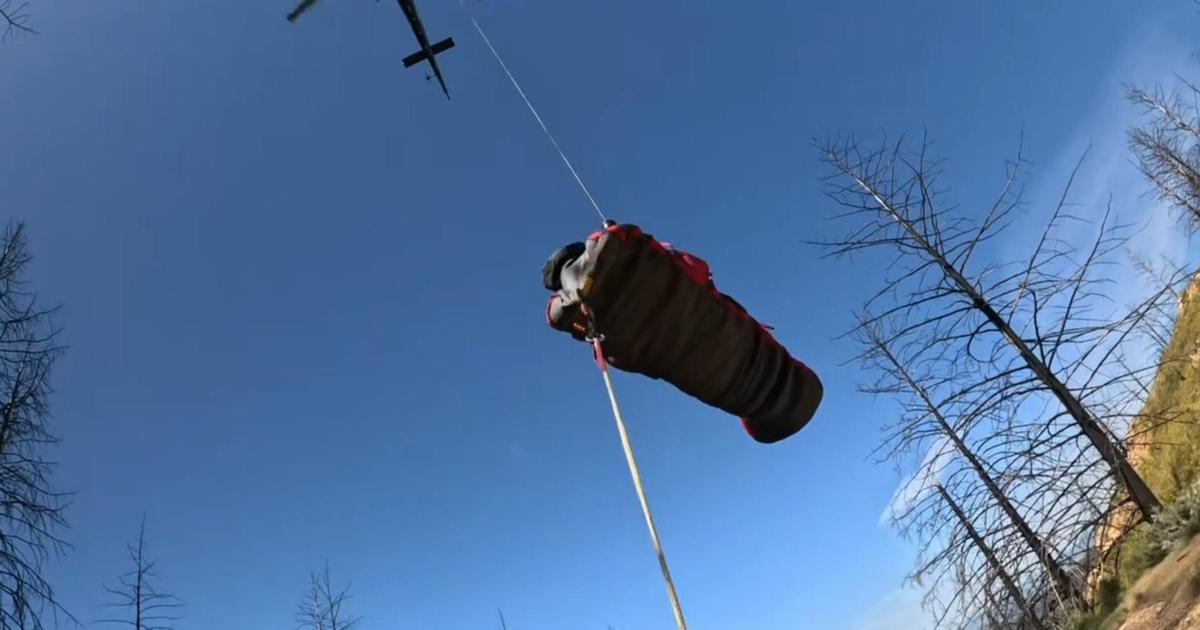'Stalk And Pounce' Hunting Method Of Mountain Lions Dissected By UC Santa Cruz Scientists
SANTA CRUZ (CBS SF) - Scientist at the University of California, Santa Cruz say they now know much more about how Mountain Lions conserve energy to stalk, pounce and overpower their prey, thanks to the help of a wildlife tracking collar.
The GPS device - known as the SMART Wildlife Collar - includes accelerometers that tell researchers "not just where an animal is but what it is doing and how much its activities "cost" in terms of energy expenditure," says a release from UC Santa Cruz.
"What's really exciting is that we can now say, here's the cost of being a mountain lion in the wild and what they need in terms of calories to live in this environment," said study lead author Terrie Williams, a professor of ecology and evolutionary biology at UC Santa Cruz. "Understanding the energetics of wild animals moving in complex environments is valuable information for developing better wildlife management plans."
Williams' research team first studied the cats in captivity, using treadmills to monitor oxygen consumption at different speeds. The process of training the cougars to actually use the treadmill took about three years. That data showed that animals were not capable of sustaining high energy output for long periods of time. That information was paired with data from the Santa Cruz Puma Project, which as been tracking the movements of local cats to see how they are affected by changes in the environment. The technology was the same that discovered a mountain lion watching pedestrians in downtown Mountain View in May.
The research provides a better understanding of just how much energy the animals must use to feed themselves and survive.
"They are power animals. They have a slow routine walking speed and use a burst of speed and the force of the pounce to knock down or overpower their prey," Williams said. "They know how big a pounce they need to bring down prey that are much bigger than themselves, like a full-grown buck, and they'll use a much smaller pounce for a fawn."
Here's a video that better illustrates the research:
Researchers say the collars can now be used on other threatened animals to get a better understanding of what they need to survive and how that matches up to their existing environment.
"A lot of these large carnivore species are threatened or endangered, and understanding their physiological limitations has been a big missing piece in conservation planning," Williams said. "This technology gives us a whole new level understanding of what these animals are doing and what it costs them to live in the wild, and that can really help move the science of conservation forward."
Read more on how researchers plan to use the new technology from UC Santa Cruz.



